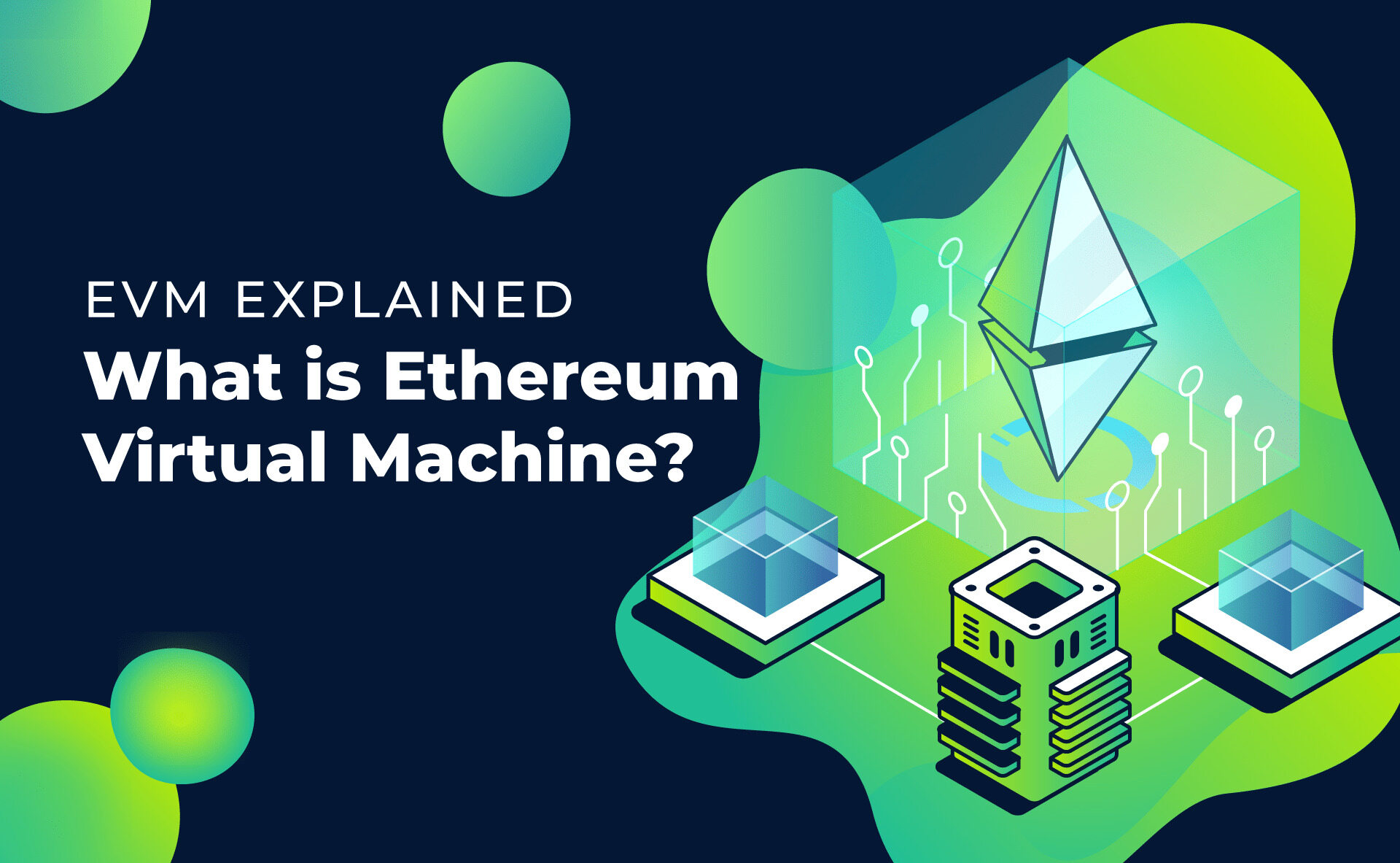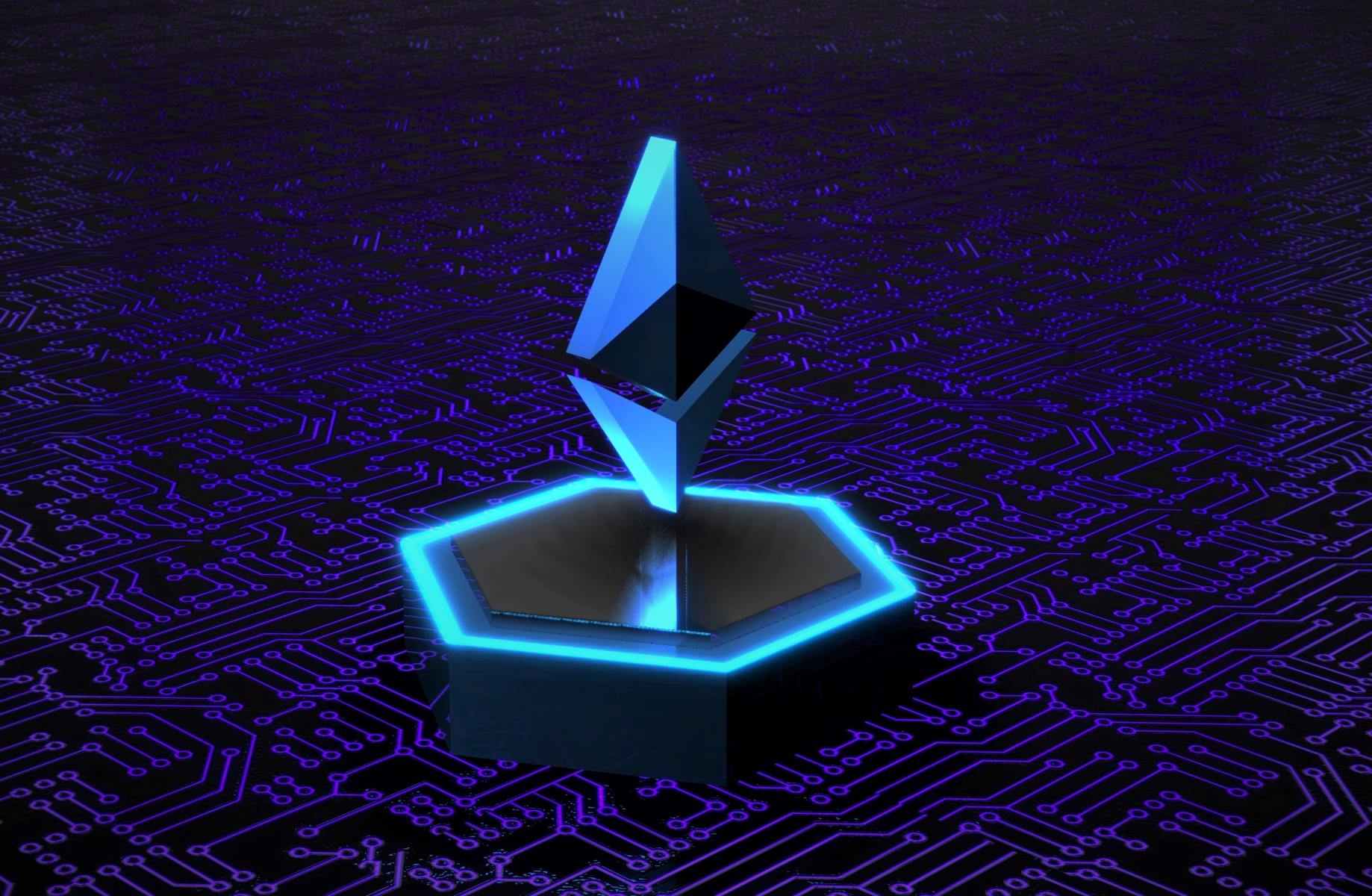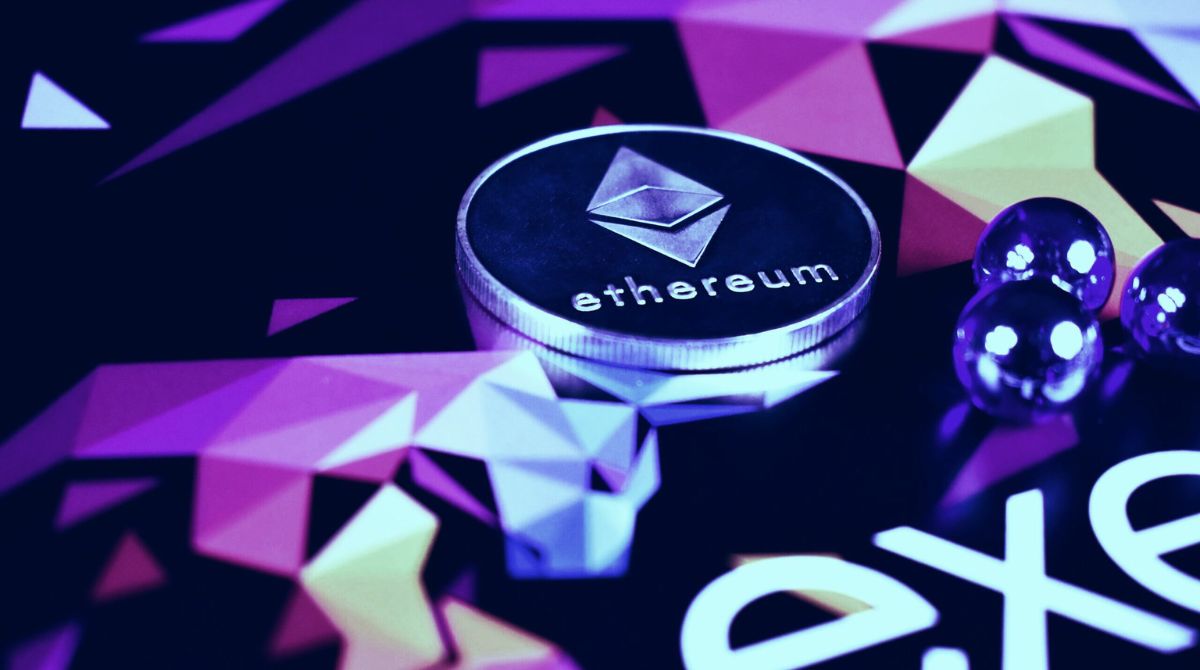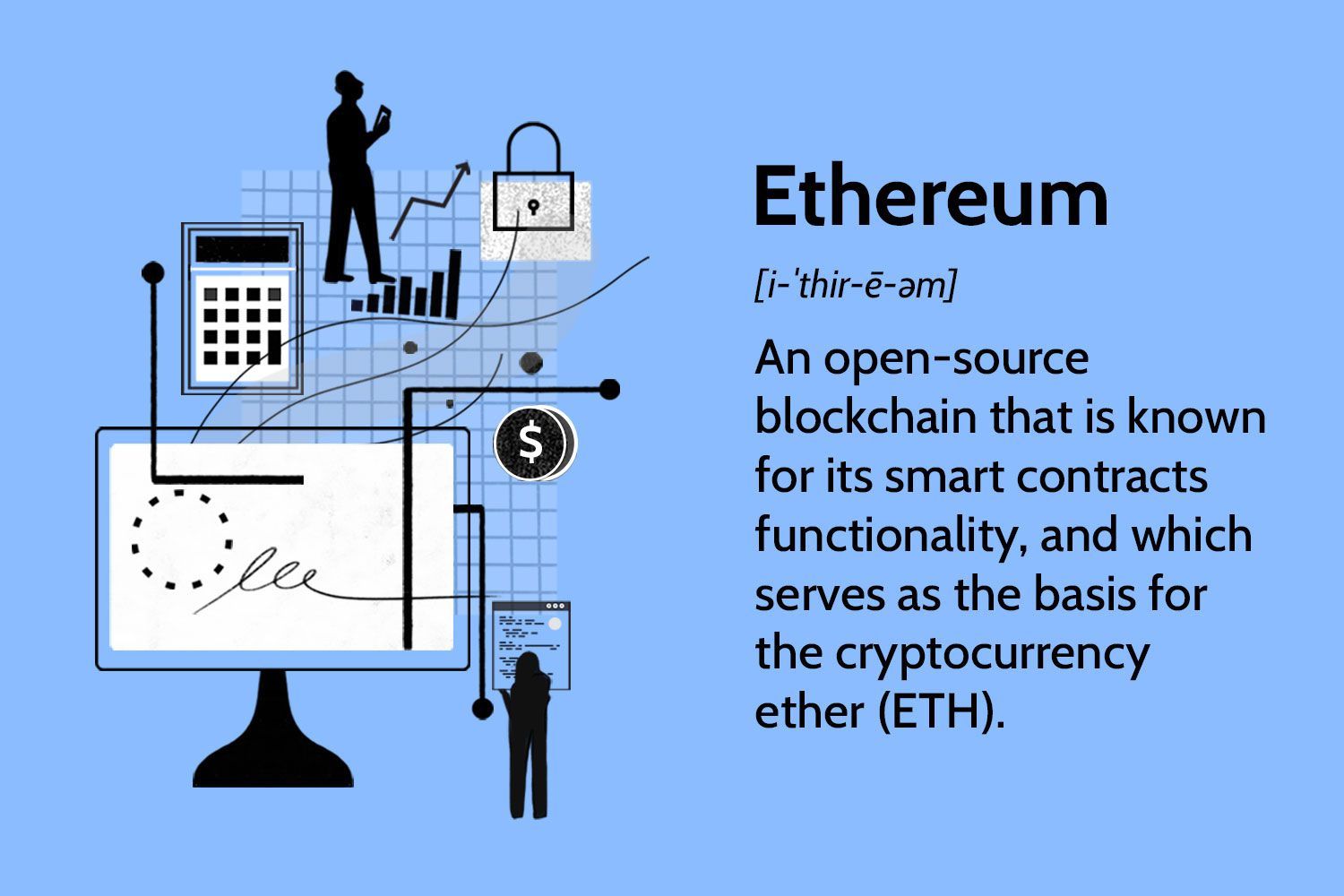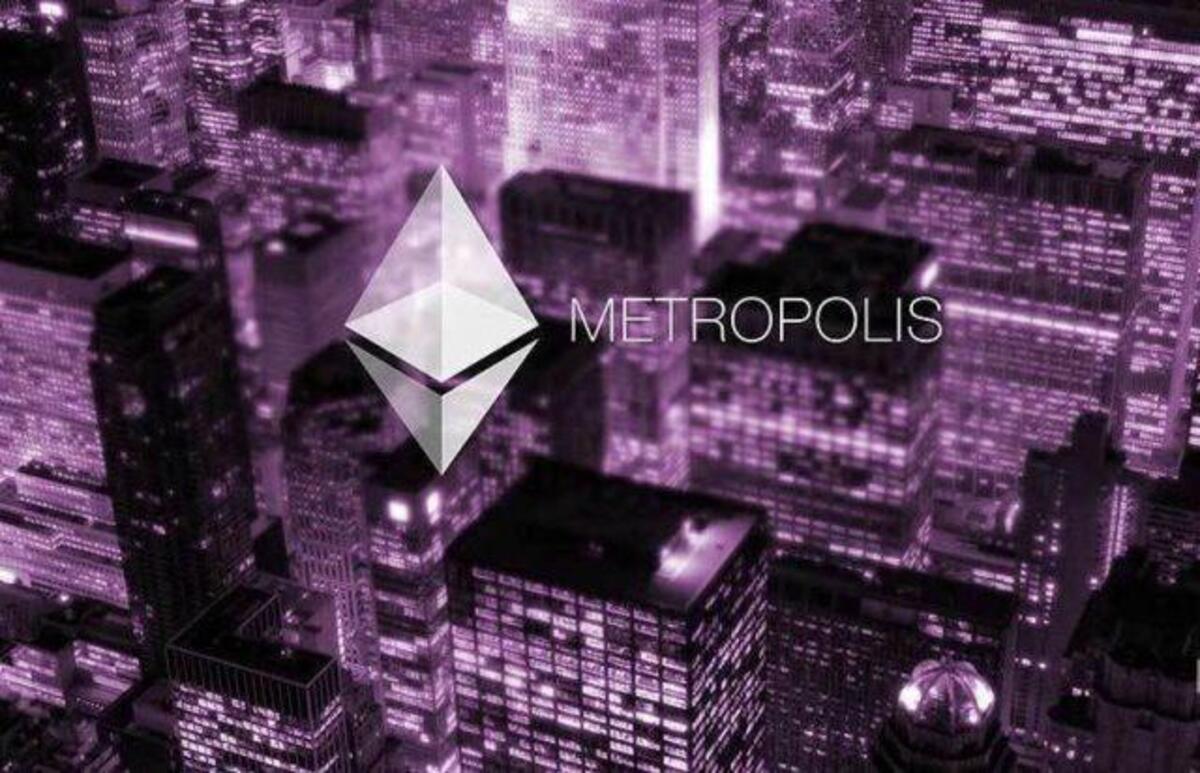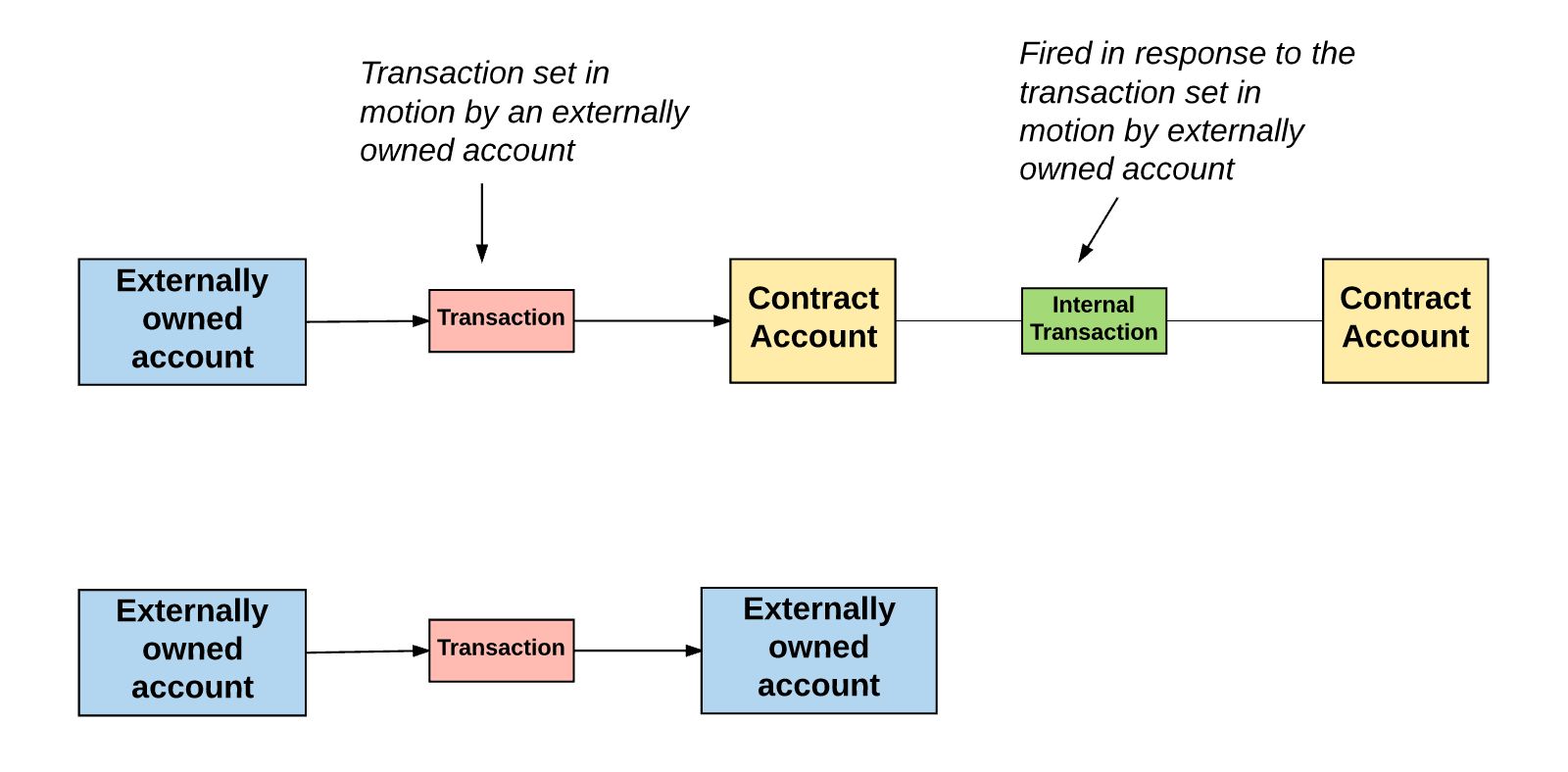Introduction
The Ethereum Virtual Machine (EVM) is a key component of the Ethereum blockchain platform. It is a powerful and versatile virtual machine that enables the execution of smart contracts and facilitates decentralized application development. The EVM plays a crucial role in maintaining the security, transparency, and immutability of the Ethereum network.
The EVM acts as a runtime environment for executing smart contracts, which are self-executing agreements with the terms of the contract directly written into the code. These smart contracts enable the automation of processes and eliminate the need for intermediaries in various industries.
The introduction of the EVM revolutionized the world of blockchain by providing a platform for building decentralized applications (dApps), enabling developers to create innovative solutions. By using a programming language called Solidity, developers can write smart contracts that execute on the EVM.
In this article, we will delve into what the Ethereum Virtual Machine is, how it works, its role in executing smart contracts, and the benefits and limitations associated with its use. We will also explore some use cases that highlight the diverse applications of the EVM.
But before we delve into the specifics, it is important to understand the fundamental concept behind the Ethereum Virtual Machine – decentralization.
Decentralization, which is a core principle of blockchain technology, refers to the distribution of data and processing power across a network of computers (nodes). In contrast to traditional centralized systems, where a central authority maintains control, blockchain networks are decentralized and rely on consensus mechanisms to validate and record transactions.
The Ethereum network takes decentralization a step further by enabling the execution of complex logic through the EVM. This opens up a world of possibilities, allowing for the creation of decentralized applications that go beyond simple transaction processing.
In the next section, we will explore the inner workings of the Ethereum Virtual Machine and gain a deeper understanding of how it facilitates the execution of smart contracts.
What is the Ethereum Virtual Machine?
The Ethereum Virtual Machine (EVM) is a virtual machine that runs on the Ethereum blockchain. Essentially, it is a decentralized computer that executes smart contracts. The EVM is designed to be a runtime environment for executing code written in high-level programming languages such as Solidity. It provides an immutable and secure environment for the execution of smart contracts, ensuring their transparency and integrity.
The EVM functions as the backbone of the Ethereum network, enabling the execution of smart contracts in a decentralized manner. It is responsible for executing the instructions written in the smart contract code and validating the outputs. This makes the Ethereum network an ideal platform for developing decentralized applications (dApps) and implementing blockchain-based solutions.
One of the key features of the EVM is its virtualized nature. It operates independently of the underlying hardware or operating system, ensuring that the execution of smart contracts is consistent across all nodes on the Ethereum network. This allows for a shared, standardized environment where smart contracts can be executed reliably by all participants.
The EVM executes code in a stack-based format. It uses a stack, a data structure that follows the Last-In-First-Out (LIFO) principle, to manage and manipulate data during execution. The code is executed instruction by instruction, with each instruction manipulating the stack or performing computations. This stack-based architecture provides efficiency and simplicity, making the EVM an efficient and secure execution platform.
Furthermore, the EVM operates on a gas-based model. Gas is the unit used to measure the computational effort required to execute smart contracts. Each operation in the EVM consumes a certain amount of gas, and users need to pay for the gas used to execute their smart contracts. This mechanism provides an economic incentive for efficient code execution and protects the network from malicious actors attempting to overload the system.
In summary, the Ethereum Virtual Machine is a decentralized, virtualized computer that executes smart contracts on the Ethereum blockchain. It provides a secure and standardized environment for executing code and ensures the transparency and integrity of smart contracts. With its stack-based architecture and gas-based model, the EVM enables the development of complex decentralized applications and plays a pivotal role in the Ethereum ecosystem.
How does the Ethereum Virtual Machine work?
The Ethereum Virtual Machine (EVM) works by executing smart contracts written in high-level programming languages such as Solidity. When a smart contract is deployed on the Ethereum blockchain, it is stored on every participating node in the network. These nodes collectively maintain a copy of the blockchain and the EVM, ensuring that the code can be executed securely and consistently.
When a transaction involving a smart contract is initiated, it is broadcasted to the network and picked up by the nodes. The EVM then verifies the transaction and executes the corresponding smart contract code. Let’s take a closer look at the steps involved in the EVM’s execution process:
- Transaction Verification: The EVM checks the validity of the transaction, ensuring that the sender has sufficient balance to cover the transaction fees and that the code being executed is authentic.
- Gas Estimation: Before execution, the EVM estimates the amount of gas required to execute the code. Each operation in the code consumes a certain amount of gas, and users need to pay for this gas.
- Code Execution: The EVM executes the smart contract code instruction by instruction, starting from the first instruction. Each instruction manipulates the stack or performs computations. The stack-based architecture of the EVM simplifies and optimizes the execution process.
- Gas Tracking and Refunds: As the code is executed, the EVM keeps track of the gas used. If the execution encounters certain conditions, such as using less gas than initially estimated or executing certain opcode instructions, it refunds a portion of the gas to the sender.
- State Changes: During code execution, the EVM updates the state of the Ethereum blockchain. This includes changing the balances of the involved accounts, updating the storage values, and emitting events.
- Transaction Finalization: Once the code execution is complete, the EVM finalizes the transaction by updating the transaction status and recording the outcomes of the execution.
The EVM’s gas-based model ensures that computations on the Ethereum network are fair and secure. It prevents abuse of computational resources by requiring users to pay for the computing power they consume. Additionally, the gas mechanism protects the network against denial-of-service attacks and encourages users to write efficient and optimized code.
Overall, the Ethereum Virtual Machine is an innovative and powerful component of the Ethereum blockchain. Its ability to execute smart contracts in a decentralized and reliable manner has fueled the growth of the ecosystem and opened up new possibilities for decentralized application development.
Smart Contracts and the Ethereum Virtual Machine
Smart contracts are self-executing agreements with the terms of the contract directly written into code. They enable the automation of processes and eliminate the need for intermediaries in various industries. The Ethereum Virtual Machine (EVM) plays a critical role in executing these smart contracts and ensuring their transparency and security.
Smart contracts on the Ethereum platform are written in a high-level programming language called Solidity. This code is then compiled into bytecode, which is the low-level machine-readable language that the EVM understands. Once deployed on the Ethereum blockchain, smart contracts are executed by the EVM.
The EVM executes smart contracts in a decentralized manner, ensuring that every participating node on the network runs the same code and produces the same results. This consensus-driven approach eliminates the need for trust in a central authority and enhances the security and reliability of the smart contract execution.
When a smart contract is invoked, the EVM steps in to execute the code, which can involve various actions such as validating transactions, modifying the state of the Ethereum blockchain, or interacting with other contracts. The EVM processes these actions by following the instructions written in the bytecode of the smart contract.
The execution process of a smart contract involves several steps within the EVM. It checks the validity of the transaction, estimates the required gas for execution, executes the code instruction by instruction, tracks gas usage, updates the state of the blockchain, and finalizes the transaction. This ensures the integrity and immutability of the smart contract execution process.
One of the significant advantages of using smart contracts on the EVM is their ability to autonomously handle the transfer of digital assets. For example, in a decentralized financial application, a smart contract can automatically execute the transfer of digital currencies from one user to another based on predefined conditions, without the need for a centralized authority to verify and facilitate the transaction.
The EVM’s robust execution environment and its integration with the Ethereum blockchain provide developers with a powerful toolset to create diverse applications. Through the use of smart contracts, developers can implement automated processes, build decentralized applications, create decentralized finance protocols, and much more.
However, it is essential to note that the execution of smart contracts on the EVM is not free. Users need to pay for the computational resources they consume, which is done through the payment of gas. The gas mechanism introduces an economic incentive for efficient code execution and protects the network from excessive resource usage and potential abuses.
In summary, the Ethereum Virtual Machine is the engine that drives the execution of smart contracts on the Ethereum blockchain. It ensures the decentralized and secure execution of code, eliminating the need for intermediaries and enabling a wide range of applications and use cases. The EVM, in conjunction with smart contracts, has revolutionized industries and opened up new opportunities in the realm of decentralized applications and automated agreements.
Benefits and Limitations of the Ethereum Virtual Machine
The Ethereum Virtual Machine (EVM) offers a range of benefits that have contributed to its widespread adoption and use within the Ethereum ecosystem. However, like any technology, it also has its limitations. Let’s explore the benefits and limitations of the EVM below:
Benefits of the Ethereum Virtual Machine:
- Decentralization: The EVM enables the execution of smart contracts in a decentralized manner, ensuring that no single entity has control over the execution process. This fosters trust, transparency, and removes the need for intermediaries.
- Security: The EVM runs on a distributed network of nodes, which collectively validate and execute smart contracts. This consensus-driven approach enhances the security of the execution process and protects against single points of failure or malicious attacks.
- Standardized Environment: The EVM provides a standardized environment for executing code on the Ethereum blockchain. This ensures that smart contracts execute consistently across all participating nodes, regardless of their hardware or operating system.
- Flexibility: The EVM supports multiple high-level programming languages, with Solidity being the most commonly used language for writing smart contracts. This flexibility allows developers to choose the language that best suits their needs and expertise.
- Automation and Efficiency: Smart contracts executed on the EVM enable the automation of processes, reducing the need for manual intervention and optimizing efficiency. This can result in significant time and cost savings in various industries.
Limitations of the Ethereum Virtual Machine:
- Scalability: The EVM has faced scalability challenges due to the increasing number of transactions and the resource-intensive nature of smart contract execution. This has led to issues such as network congestion and high transaction fees.
- Gas Costs: The gas-based model used in the EVM introduces costs associated with executing smart contracts. This can be a barrier for developers and users, especially for complex or computationally intensive applications.
- Performance: While significant efforts have been made to optimize the performance of the EVM, it can still experience bottlenecks and limitations in terms of transaction throughput and speed.
- Code Immutability: Once a smart contract is deployed on the Ethereum blockchain and its code is executed by the EVM, it becomes immutable. This means that any bugs or vulnerabilities in the code cannot be easily fixed without deploying a new version of the contract.
- Learning Curve: Developing and interacting with smart contracts on the EVM requires a solid understanding of blockchain concepts, programming languages, and the intricacies of the Ethereum ecosystem. This learning curve can be steep for newcomers.
Despite these limitations, the Ethereum Virtual Machine remains a powerful and transformative component of the Ethereum blockchain. Its benefits in terms of decentralization, security, and automation have driven the adoption of decentralized applications and have the potential to revolutionize various industries.
Use Cases of the Ethereum Virtual Machine
The Ethereum Virtual Machine (EVM) has enabled the development of decentralized applications (dApps) and has opened up a wide range of use cases across various industries. Let’s explore some of the common use cases where the EVM has made a significant impact:
Decentralized Finance (DeFi):
One of the most prominent use cases of the EVM is in the field of decentralized finance (DeFi). The EVM allows developers to build financial applications that operate without intermediaries, enabling users to engage in activities such as lending, borrowing, and trading digital assets. Smart contracts on the EVM facilitate automated and transparent financial transactions, providing users with greater control over their assets and eliminating the need for traditional financial institutions.
Digital Identity:
The EVM has also been utilized in the development of decentralized digital identity solutions. With the EVM, individuals can have ownership and control over their personal information, eliminating the need for centralized identity providers. Through smart contracts, individuals can prove their identity, access services, and establish trust without relying on a single authority. This use case has the potential to revolutionize data privacy and security.
Supply Chain Management:
Another area where the EVM has found application is in supply chain management. By leveraging the transparent and immutable nature of the Ethereum blockchain, smart contracts on the EVM can help track and verify the movement of goods and ensure that products meet specific standards or certifications. This enhances transparency, reduces fraud and counterfeit products, and improves the efficiency of supply chain processes.
Voting and Governance:
The EVM’s capability to execute smart contracts has been harnessed for voting and governance systems. Through the EVM, users can participate in decentralized and transparent voting processes, where each vote is recorded on the blockchain and cannot be tampered with. This ensures a high level of transparency, auditability, and accountability in decision-making processes, promoting fair participation and reducing the risk of fraud.
Gaming and Non-Fungible Tokens (NFTs):
The EVM has also made significant inroads in the gaming industry, particularly with the rise of non-fungible tokens (NFTs). NFTs represent unique digital assets and can be used to tokenize in-game items, virtual land, digital art, and more. The EVM allows for the secure ownership, transfer, and interaction of these NFTs within gaming ecosystems, creating new opportunities for digital asset ownership and decentralized gaming experiences.
These are just a few examples of the diverse use cases where the EVM has been leveraged. As the Ethereum ecosystem continues to evolve, the potential applications of the EVM are limitless. Its versatility and decentralized nature make it a vital component in fostering innovation, disrupting traditional industries, and creating new opportunities in the decentralized digital economy.
Conclusion
The Ethereum Virtual Machine (EVM) has emerged as a core component of the Ethereum blockchain, enabling the execution of smart contracts and the development of decentralized applications. Throughout this article, we have explored what the EVM is, how it works, its role in executing smart contracts, and its benefits and limitations.
The EVM provides a decentralized, secure, and standardized environment for executing code on the Ethereum blockchain. It ensures the transparency and immutability of smart contract execution and eliminates the need for intermediaries in various industries. By utilizing a stack-based architecture and a gas-based model, the EVM optimizes efficiency, protects against malicious attacks, and incentivizes efficient code execution.
Furthermore, the EVM has facilitated the growth of the Ethereum ecosystem by enabling diverse applications and use cases. From decentralized finance and digital identity to supply chain management and voting systems, the EVM has demonstrated its versatility and potential to revolutionize multiple industries. It has also empowered developers to create sophisticated decentralized applications and explore new possibilities in the realm of blockchain technology.
While the EVM offers numerous benefits, it also faces certain limitations. Issues such as scalability, gas costs, and code immutability present challenges that need to be addressed as the Ethereum ecosystem evolves. However, ongoing research and development efforts are focused on improving these limitations and enhancing the overall performance of the EVM.
In conclusion, the Ethereum Virtual Machine has played a pivotal role in the growth of decentralized applications and has paved the way for a new era of trust, transparency, and automation. As the Ethereum ecosystem continues to evolve and innovate, the EVM will remain a vital tool in enabling the execution of smart contracts and driving the adoption of blockchain solutions across various industries.







